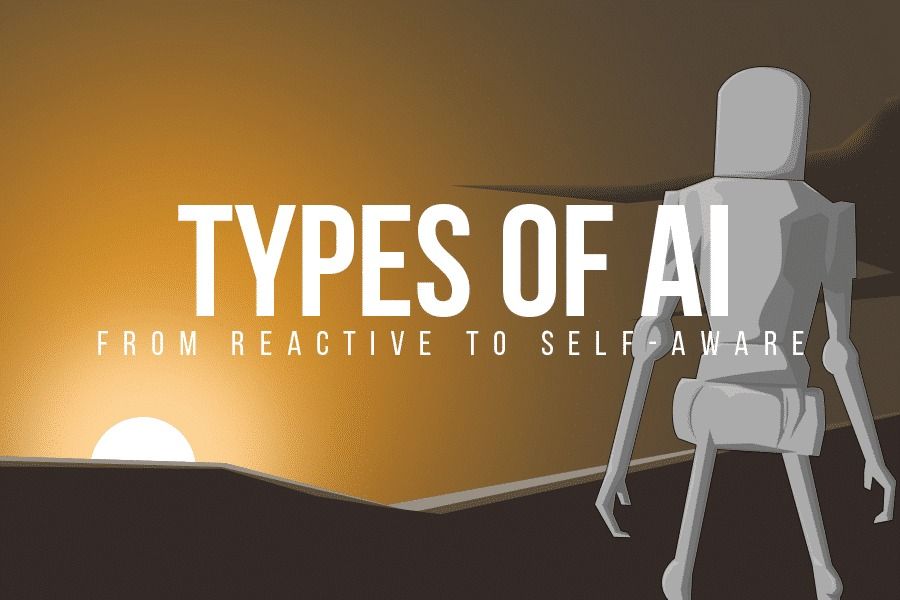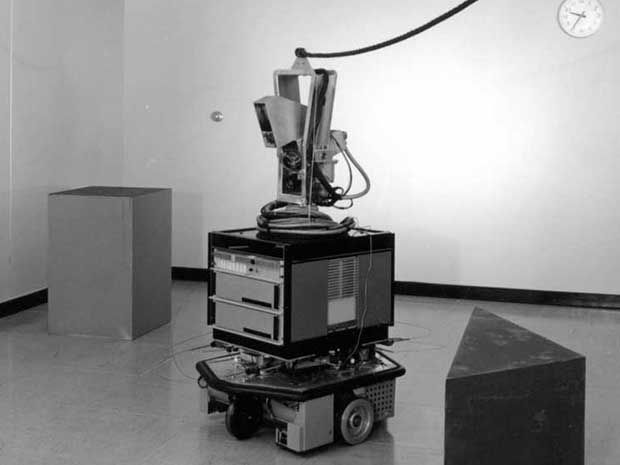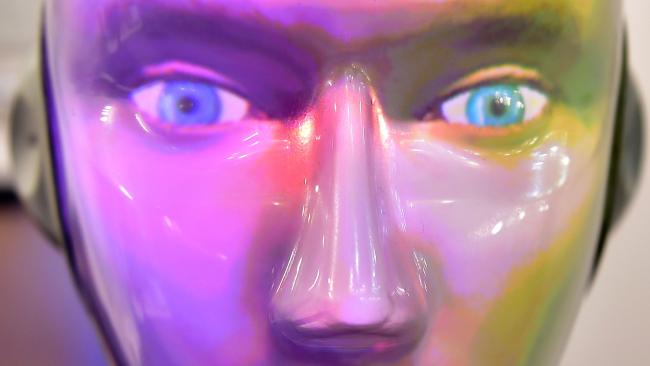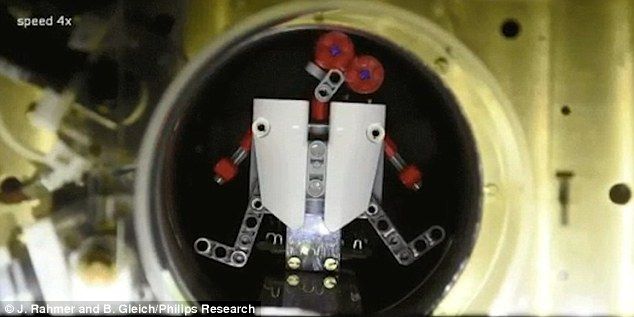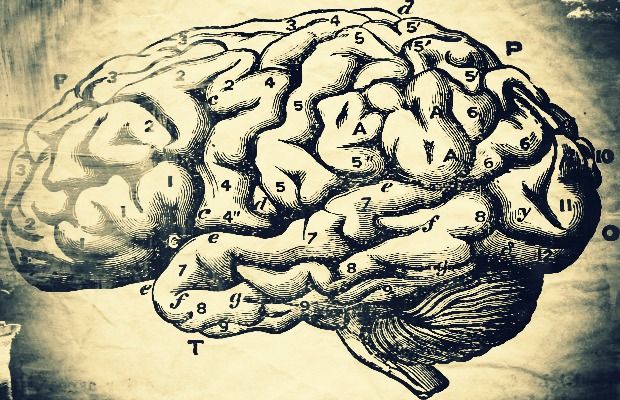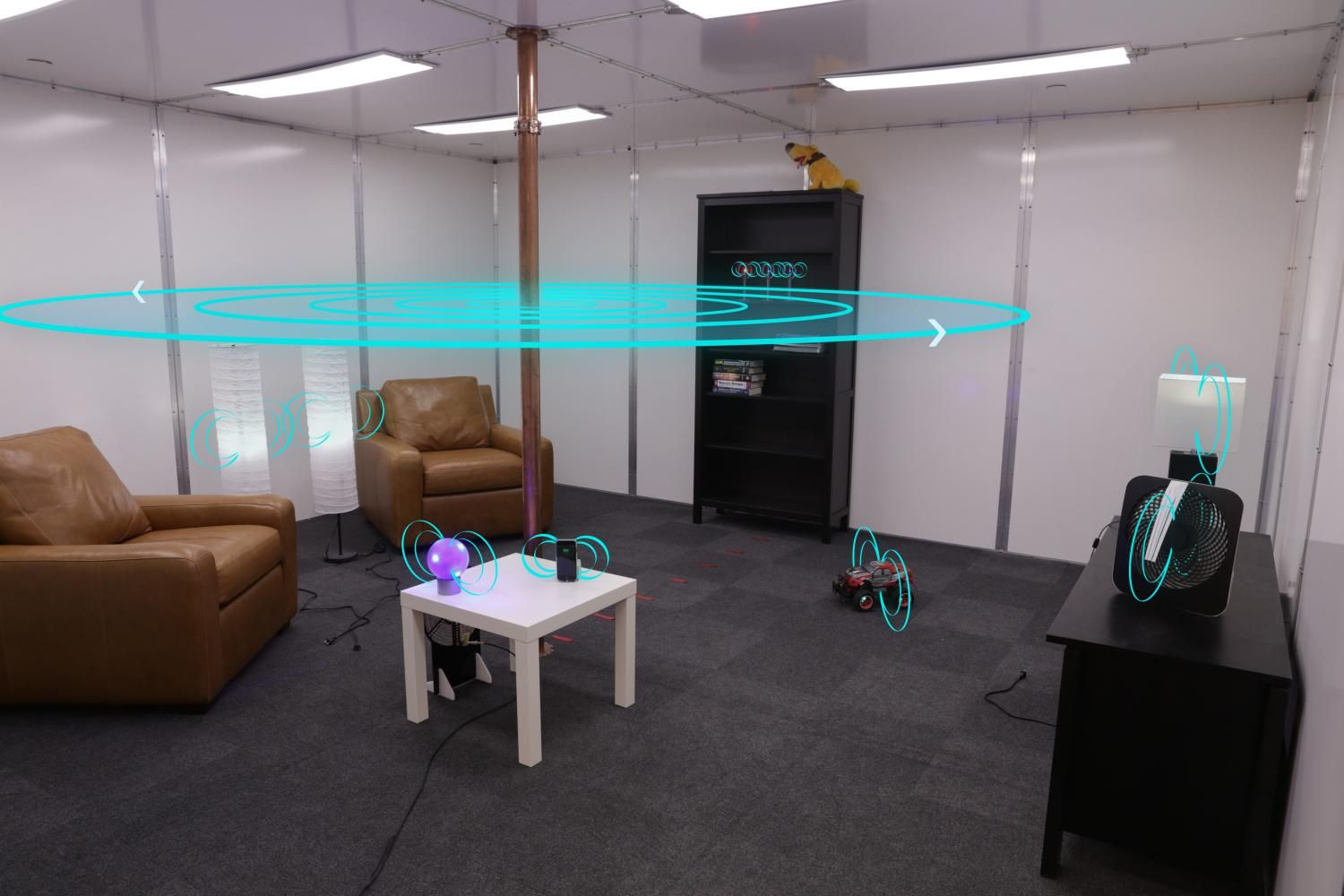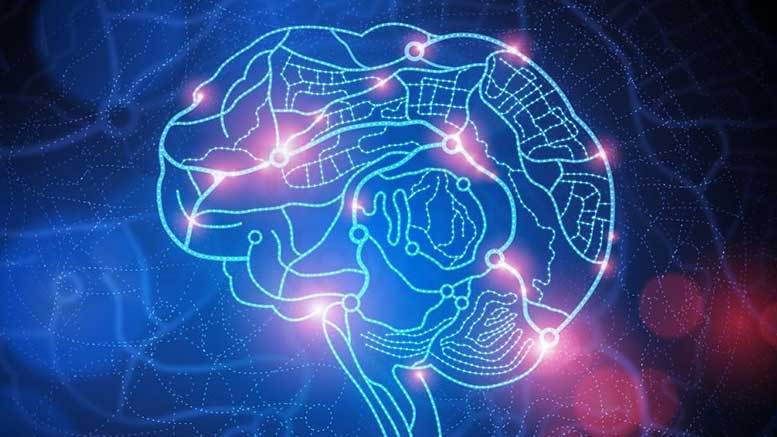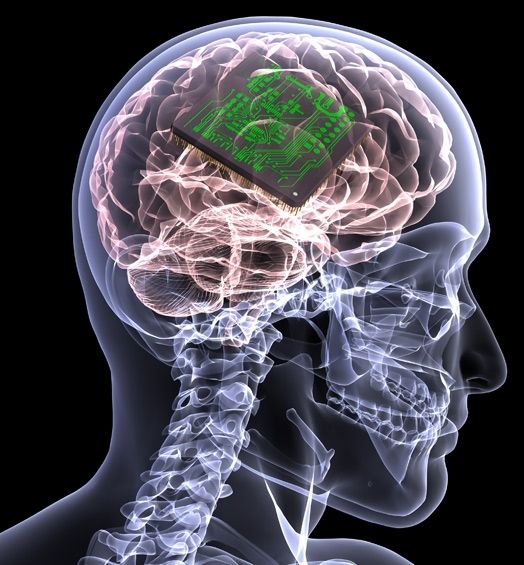Feb 17, 2017
Google teams up with Kaggle to host $100,000 video classification challenge
Posted by Alireza Mokri in category: robotics/AI
Google and Kaggle today announced a new machine learning challenge that asks developers to find the best way to automatically tag videos.
The challenge, which comes with a $30,000 prize for the first-place finisher (and $25,000, $20,000, $15,000 and $10,000 for the next four teams), asks developers to classify and tag videos from Google’s updated YouTube-8M V2 data set. This data set features a total of 7 million YouTube videos that add up to 450,000 hours of video. YouTube-8M already includes labels, too, and developers can use this as their training data. The challenge then is to tag 700,000 previously unseen videos.
Continue reading “Google teams up with Kaggle to host $100,000 video classification challenge” »



